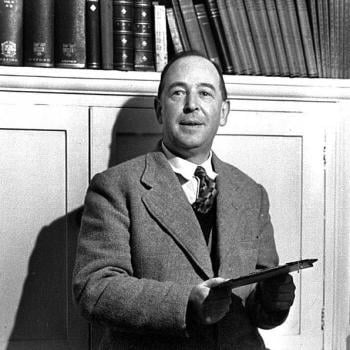A few weeks ago, our pastor (and son-in-law) was preaching about the parable of the Good Samaritan. He developed the idea that this parable gives us a picture of love, which is what the Law looks like in practice. And because Jesus fulfills the law, all acts of righteousness–that is, all acts of love–look like Him.
He then applied this back to the parable in a startling way.
From Rev. Ned Moerbe, Luke 10:25-37, Proper 10C, 2016 – Trinity Lutheran Church:
Where is Jesus in this parable? He is everywhere! He is naked and robbed and left to die, because he joins you in your hour of need. He takes your place under the Law and He bears your death for you. He is the priest who keeps Himself clean in the face of temptation in order to offer an acceptable Sacrifice for your sin. His blood is the wine that cleanses you with the medicine of immortality. He is the oil that brings comfort in affliction. He is the donkey that bears you to the safety of the inn. The inn is His body, the Church, where you are cared for. He is the one at work through the innkeeper that you might be well taken care of. He is the denarii with which your healing and redemption are purchased. He is the Samaritan who promises, I will return soon and provide all that this man needs. And, yes, He is the robber who strips you of everything that might lead you to think that you can save yourself. When we have a perfect picture of the Law, even one told to show us how hopeless we are, we also have a picture of the One who fulfills the Law perfectly to give us hope.












